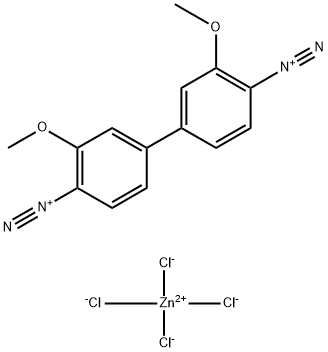Nitrogensolution , 5ng/ml , 7727-37-9
CAS NO.:7727-37-9
Empirical Formula: N2
Molecular Weight: 28.01
MDL number: MFCD00011416
EINECS: 231-783-9
PRODUCT Properties
| Melting point: | −210 °C(lit.) |
| Boiling point: | −196 °C(lit.) |
| Density | 1.2506 |
| vapor density | 0.97 (vs air) |
| solubility | At 20 °C and at a pressure of 101 kPa, 1 volume dissolves in about 62 volumes of water and about 10 volumes of ethanol (96 per cent). |
| form | colorless gas |
| color | colorless |
| Odor | odorless, tasteless |
| Water Solubility | slightly soluble H2O; insoluble alcohol [HAW93] |
| Merck | 13,6634 |
| Dielectric constant | 1.0(20℃) |
| Cosmetics Ingredients Functions | PROPELLANT |
| Surface tension | 5.13 mN/m at 95K,0.540MPa |
| CAS DataBase Reference | 7727-37-9(CAS DataBase Reference) |
| NIST Chemistry Reference | Nitrogen(7727-37-9) |
| EPA Substance Registry System | Nitrogen (7727-37-9) |
Description and Uses
Nitrogen makes up the major portion of the atmosphere (78.08 percent by volume, 75.5 percent by weight). It is a colorless, odorless, tasteless, nontoxic, almost totally inert gas, and is colorless as a liquid. Nitrogen is nonflammable, will not support combustion, and is not life supporting. It combines with some of the more active metals such as lithium and magnesium to form nitrides, and at high temperatures it will also combine with hydrogen, oxygen, and other elements. It is used as an inert protection against atmospheric contamination in many nonwelding applications. Nitrogen is only slightly soluble in water and most other liquids, and is a poor conductor of heat and electricity. As a liquid at cryogenic temperatures it is nonmagnetic. It is shipped as a nonliquefied gas at pressures of 2000 psig (13 790 kPa) or above, and also as a cryogenic fluid at pressures and temperatures below 200 psig (1380 kPa) and -261°F (-163°C).
Nitrogen has many uses. It is the second most commonly produced chemical in the UnitedStates. Its chemical and physical properties, along with the five electrons in its outer shell,make it a versatile element that can react as a metal or nonmetal to produce numerous compounds.Some of its uses are based on its inertness as a gas (N2) and its ability to be liquefiedto provide very low temperatures.
When recovered as a gas in the atmosphere, it is used to produce anhydrous ammonia(NH3), which is the fifth most commonly produced chemical in the United States. It is alsoused as the basis for making many nitrogen compounds. At one time it was believed to beimpossible to combine hydrogen with nitrogen to form ammonia, a natural product of animalwaste that was used as a fertilizer and textile bleach, among other things.
Nitric acid (HNO3) is an important commercial chemical and was manufactured commerciallyto produce fertilizers and explosives as well as plastics and many other products. In1902 a German chemist, Wilhelm Ostwald (1853–1932), developed a process wherein at hightemperatures he used platinum catalysts to convert ammonia into nitric acid. When nitric acidis reacted with glycerol, the result is nitroglycerine—an unstable explosive unless dissolved ininert material, such as clay. It can then be stabilized as dynamite.







